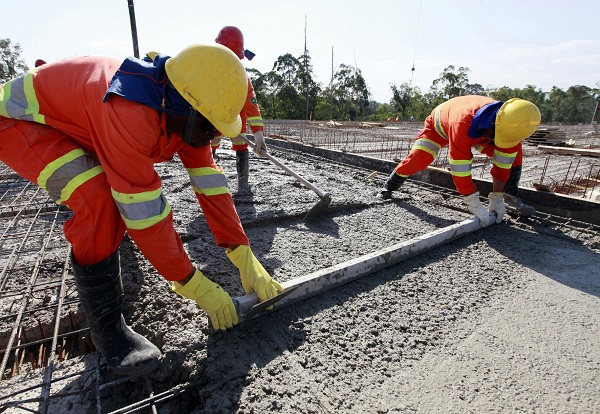While construction still faces challenges, inflationary pressure is softening, and stabilising costs are allowing investment flow in key global growth sectors such as data centres, healthcare and advanced manufacturing, a new survey has shown.
From a survey of 91 global cities, the US continues to dominate the rankings of the most expensive places to build, with six US cities in the top 10.
New York has retained its position as the most expensive market to build in for the second year running at an average cost of US$5,723 per m2 – up 5.0 percent compared with 2023.
San Francisco follows closely behind at US$5,489. Los Angeles, Boston, Seattle and Chicago also feature in the top ten.
Outside of the US, Switzerland remains the most expensive country to build in.
Zurich has surpassed Geneva to claim third place in the ranking, and the most expensive in Europe, with an average cost of US$5,035 per m2, up 8.2 percent on the year.
Geneva averages US$5,022 per m2.
London has re-entered the top 10 in tenth position, with an average cost of US$4,473 per m2. High costs in the UK are being driven by factors such as the growing capacity squeeze and skills shortages in the sector.
Japan no longer has any markets in the top 10 globally, reflecting the impact of the depreciation of the Yen to a 34-year low, which is serving to drive increased interest from overseas investors.
The US market is teeming with opportunities in life sciences, hyperscale data centres and advanced manufacturing, which has been galvanised by supportive policy setting.
Commercial real estate is poised to rebound if the Federal Reserve starts to cut interest rates later in 2024, as is anticipated.
As well as major markets such as the US, key emerging economies are also set to benefit from the international trend for increased nearshoring, friend-shoring and reshoring of manufacturing.
India, Malaysia, Indonesia, Nigeria, Brazil and Mexico are all seeing rising demand in the sector.
The data points to lowering construction price inflationary pressure overall, and across the top ten.
“We have modestly reduced our 2024 construction cost inflation forecasts compared with last year’s predictions,”
Construction inflation in most markets is driven by a backlog of projects, which are gradually moving forward as construction costs stabilise.
This year, Africa leads average construction cost inflation at 5.7 percent, while North America dropped from 6.1 percent in 2023 to 3.8 percent in 2024.
A significant factor driving inflation worldwide is a scarcity of skilled labour. A staggering 79.1 percent of markets, representing 72 individual markets, reported skill shortages. This stands in stark contrast to just 9.9 percent, or 9 markets, with a labour surplus.
The remaining 11 percent, or 10 markets, indicated a balanced labour market. This imbalance between supply and demand for skilled workers is putting continued upward pressure on construction costs globally.
Also Read
Overcoming Barriers to Solar PV Adoption in South Africa: Why the Rate Remains Low
Offshore wind industry surges in 2023, poised for record-breaking decade ahead

